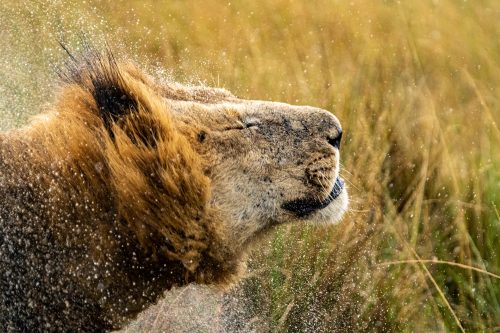
It has been raining here in the Mara. The grass is green, the grasslands are muddy. The animals are active as they patrol their territories and look for fresh prey. The fuel of nature's cycles, the intricate water systems that hold everything together can be better understood from the skies. As we glide over the Migration, breathing in the freshest of air, time seems to stop.
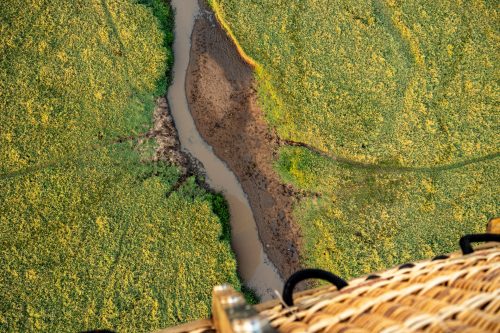
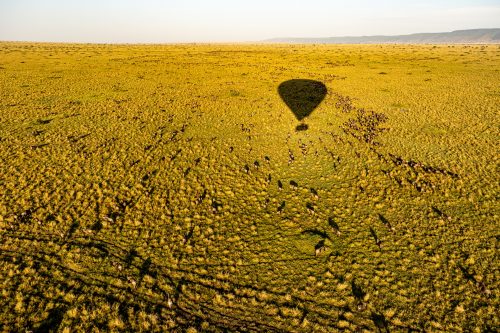
We came across eight members of the Border Pride this week. They had just killed a buffalo the night before; the carcass was visible from the main road as it stood bright red against the lush green of the grass. Other animals slowly began to congregate around the area. First, the hyenas came, then the vultures. We watched as the lions stood guard, protecting their kill. No one messes with a pride this imposing.
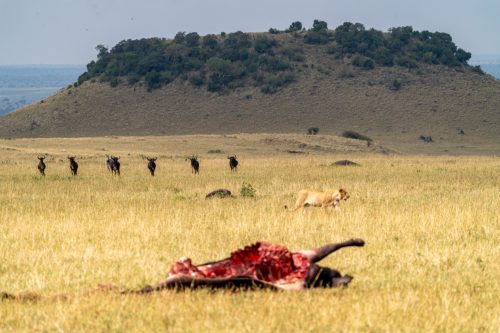
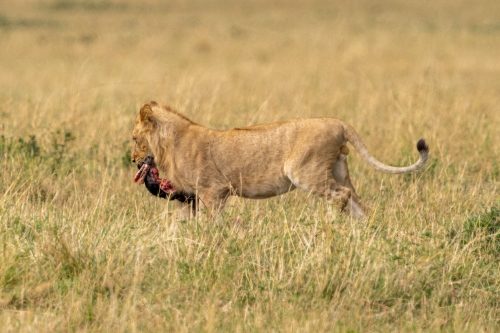

As we drove past the Baghdad area, we noticed the Inselberg males walking down the road, patrolling the plains with authority. Lions tend to walk the roads early in the morning as they roam around their territory. We spotted Manwele, Ruka, and Ginger as they slowly climbed up a small mound. They scanned the environment and comfortably sat on their natural throne. These are the bad boys of the Mara.
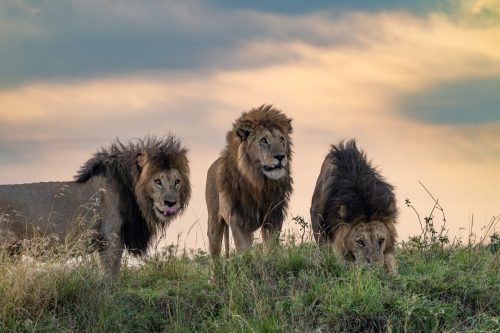
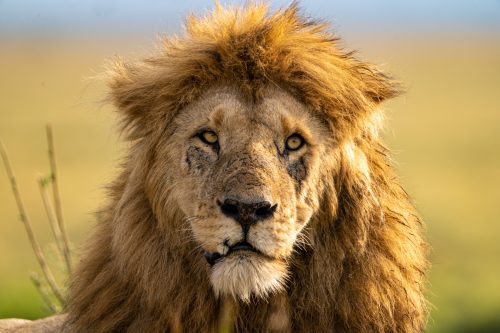
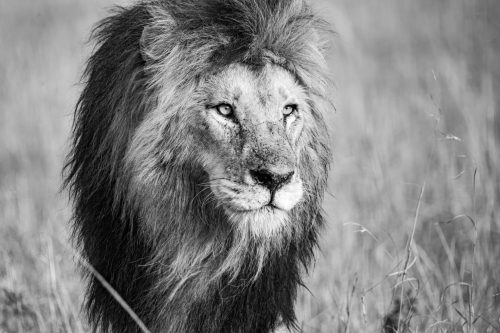
We ran into the wonderful Nadallah, the young female leopard (two years old) that has been spotted along the escarpment lately. Knowing the direction she was spotted last with a kill, we headed there. Luckily, we saw her in the grass and moving slowly toward a tree that was suspected to hold her kill. Sure enough, as she climbed the tree there was a dead impala and she began to slowly feed on her prize.
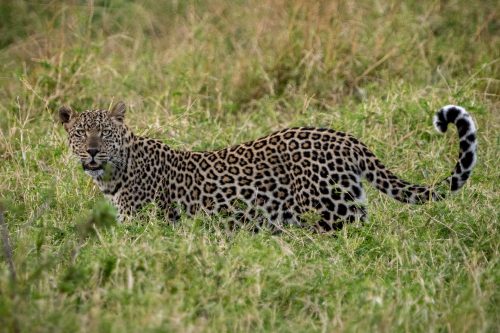
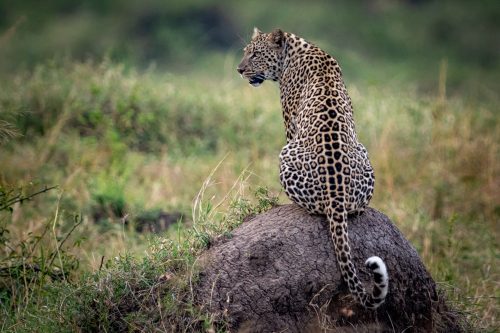
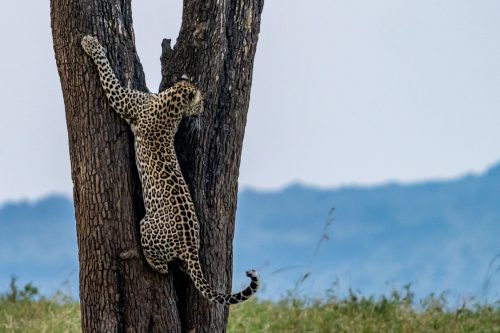
Being able to see Risasi the cheetah regularly has allowed us to keenly study her behaviour. Many people, from guests to guides, are truly bonding with her as she allows us to observe. Our first sighting was a scary one. Risasi and her cubs were under a tree in the distance as the rangers have been fairly strict with vehicles not getting too close as to protect her. With binoculars and telephoto lenses we watched as the cubs played and ran around full of energy. Then someone in our vehicle asked, 'Do you see those lions?'. We watched as lions appeared on the horizon and within seconds the cubs scattered and ran into the distance. She waited and slowly walked away from the predators; the lions stayed with her. Risasi then ran up and over the hill as the lions chased her. We had no view of her after that and for a span of about 24 hours, no one was able to see the cubs.

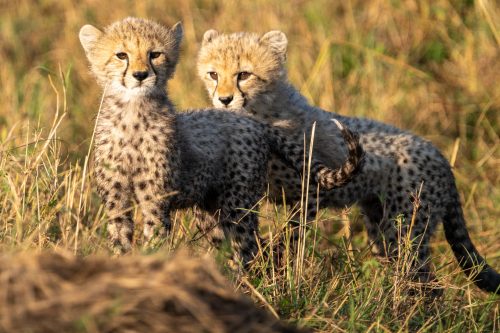
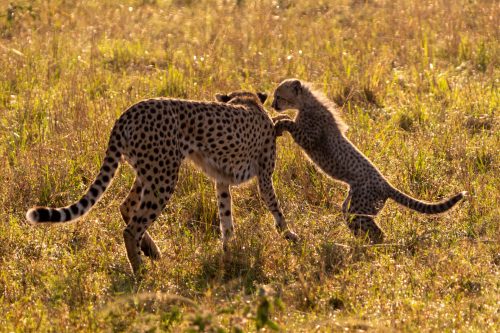
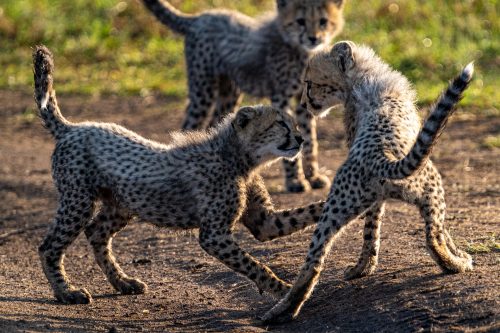
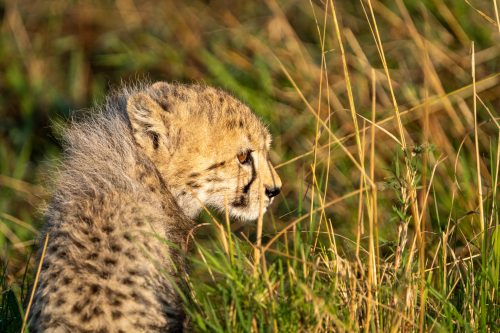
Luckily, the next day we were able to spot Risasi with all four of her cubs in the morning. She was beside a tree and eventually moved toward our vehicles then climbed onto a mound and scanned the environment. Ever so slowly, we began to see a story unfold. There were some topi and wildebeest in the distance and she seemed to head in that direction. The cubs intuitively crouched down and hid in the grass. Then out of nowhere, three Thomson gazelles appeared and started walking toward the cheetahs. One of the gazelles literally walked right in front of Risasi as she hid camouflaged in her surroundings. After it passed the mound, true to her name, Risasi (bullet) shot out of the grass in full stride and chased the gazelle. Within seconds, the whole thing was over and she called her cubs to join her. She meticulously opened the carcass as the cubs came rushing in. Not only is she protecting her cubs from lions but providing for them as well. Mother of the year, in my opinion.




We've said it before, and I'm sure we'll say it again, but the movements of the Migration are unpredictable. This time last year, we had the mega-herds right on our doorstep below Angama Mara, with lots of action at the Main Crossing point.
Filed under: This Week at Angama
Subscribe for Weekly Stories
Comments (0):

Angama Safari Camp